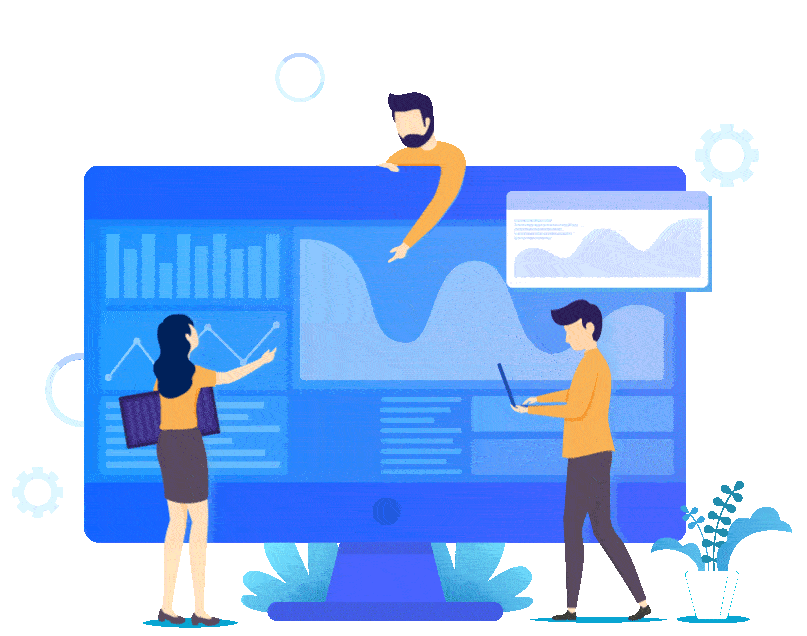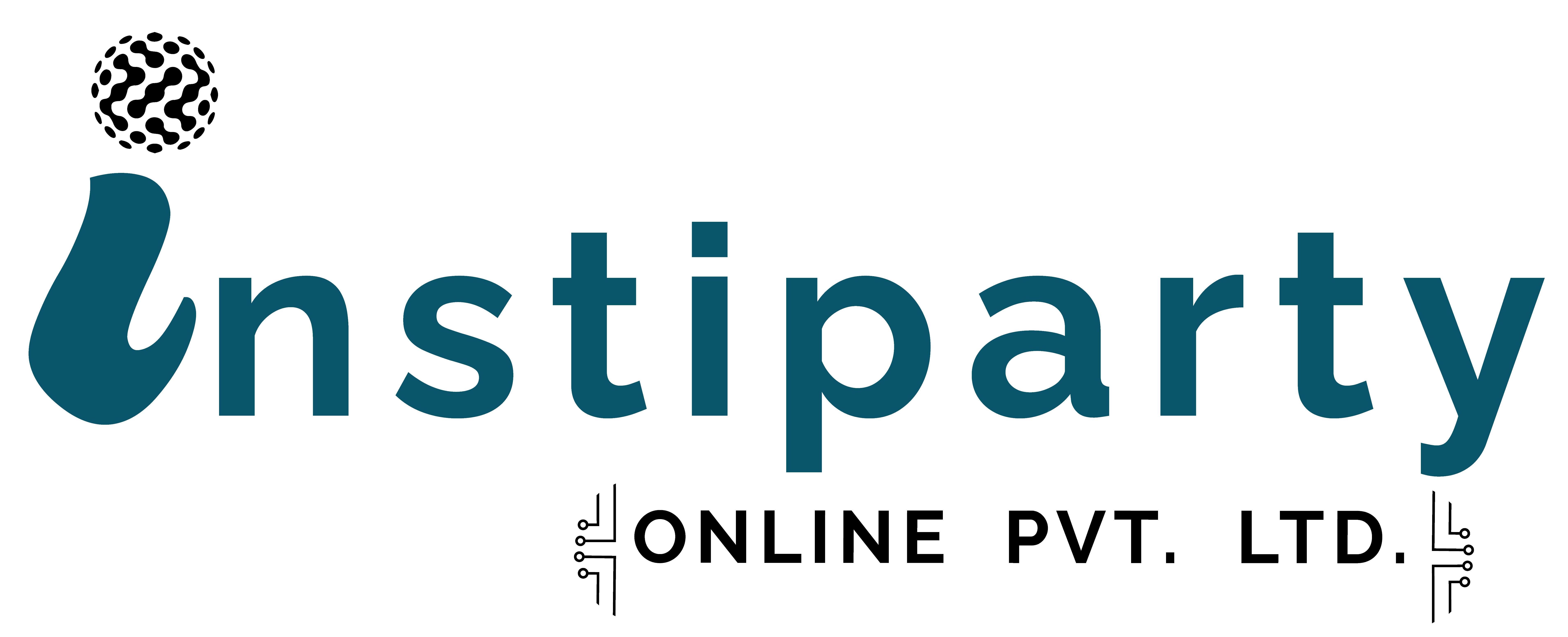The initial phase of developing software is obtaining requirements. product developers collaborate with stakeholders, such as end users and business owners, at this stage to determine the needs of the product. In order to suit the expectations of its users, the programme must have some essential features and functionalities. The software development team begins the design phase after determining the requirements. The group develops a blueprint for the software at this stage, which includes the overall architecture, user interface, and database schema. For the programme to be scalable, maintainable, and user-friendly, the design step is essential.

The process of creating websites and web applications using various programming languages, frameworks, and technologies to deliver content over the internet.Web development refers to the creating, building, and maintaining of websites. It includes aspects such as web design, web publishing, web programming, and database management. It is the creation of an application that works over the internet i.e. websites.Web Development can be classified into Frontend Development & Backend Development. The part of a website where the user interacts directly is termed as front end. It is also referred to as the ‘client side’ of the application. The part of a website where the user interacts directly is termed as front end. It is also referred to as the ‘client side’ of the application. Web development is closely related to the job of designing the features and functionality of websites and apps (often called “web design”), but the “web development” term is usually reserved for the actual construction .




